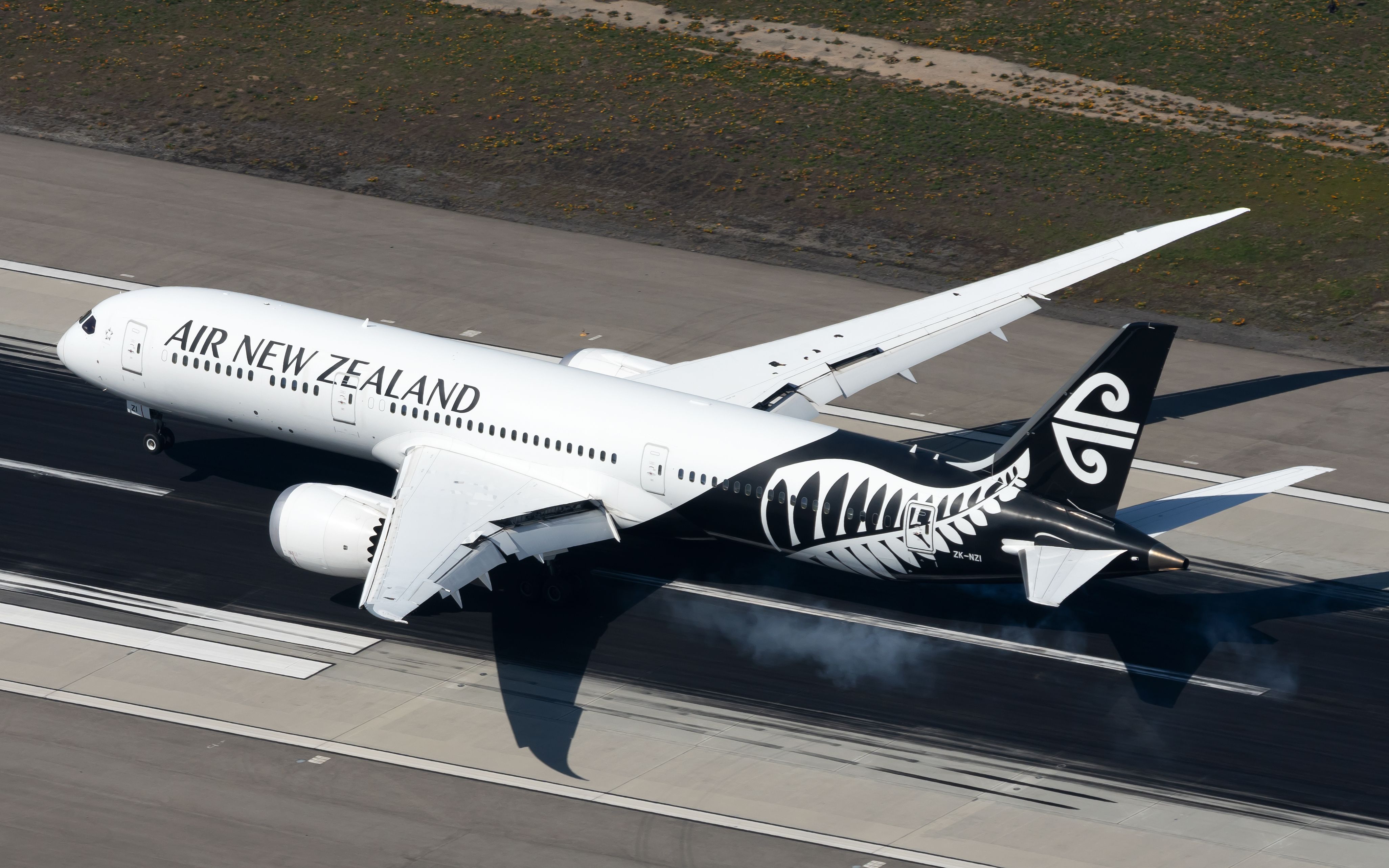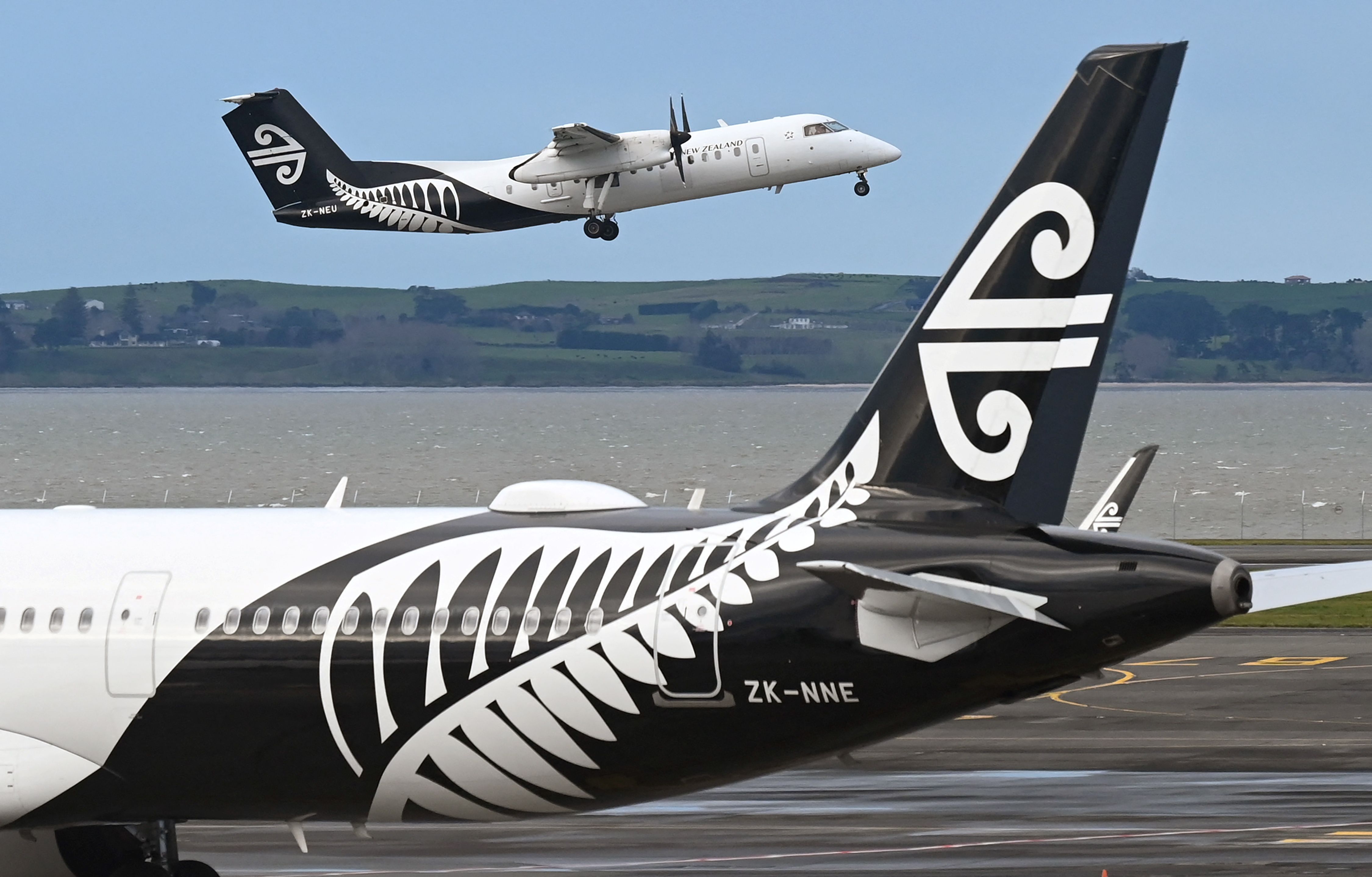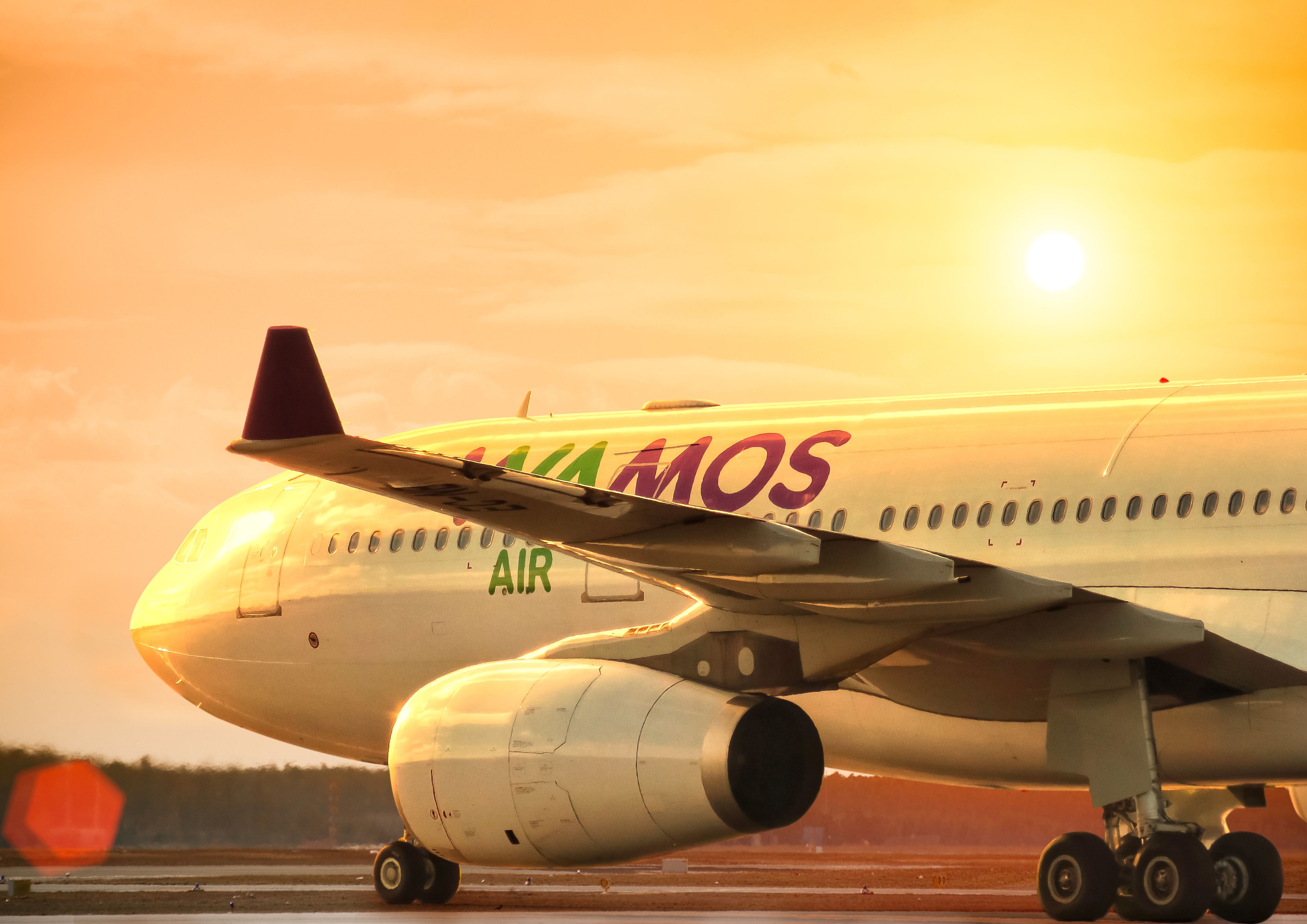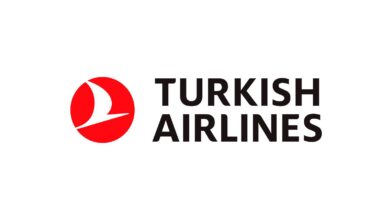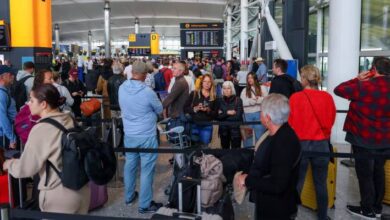Air New Zealand Back In The Black But Not Yet Pain-Free
Air New Zealand produced a notable turnaround in the July-December period, but the CEO wants to make the airline a pain-free experience.

Last Thursday was a happy day for airline investors, particularly if they held shares in airlines on both sides of the Tasman Sea. It was the day Air New Zealand and Qantas announced bumper half-year profits, while the owners of domestic carrier Bonza celebrated opening its new base at Melbourne International Airport.
Another stunning turnaround
New Zealand’s flag carrier, Air New Zealand, has recorded a stunning turnaround for the period ending December 31st, 2022 (1H23). In that six-month period, Air New Zealand (ANZ) generated operating revenue of NZ$3.1 billion ($1.92 billion) and made a statutory profit of NZ$299 million ($185.3 million). This is compared to revenue of NZ$1.12 billion ($694.4 million) and a loss of NZ$376 million ($233.1 million) in the same six months of 2021, representing a statutory profit turnaround of NZ$675 million ($418.5 million).
The numbers highlight how much conditions have changed in twelve months, with passenger numbers up from three million in 1H22 to eight million in 1H23. ANZ is operating domestic capacity at 94% of pre-pandemic levels, while international is back to 60% capacity, closely aligned with the operating capacity at the Qantas Group.
CEO says there is more to do
In 2022 the carrier recruited around 3,000 new staff, 2,000 of which came onboard in the second half of the calendar year, marking the biggest recruitment drive in the airline’s history. Commenting on the result, CEO Greg Foran reminded the audience that it had come during a period of “significant labor, supply chain and operational pressure that had challenged the airline and the global aviation system.”
“We know we have more work to do to tackle customer concerns like long wait times at our call centres, getting planes to depart and arrive on time, lost baggage and getting refunds back in a timely manner.
“We’re very aware that flying is not currently the pain-free experience it should be and getting back into shape is a key priority.”
Bringing back aircraft to add capacity
To meet the surging demand, Foran said the airline is focused on restoring capacity to minimize the impact of high prices on customers. ANZ has returned six Boeing 777-300ERs to service on international routes while adding three new domestically configured Airbus A321neos to the fleet.
When reliability and operational issues began affecting performance, ANZ wet-leased a fully-crewed Airbus A330 from Spanish charter airline Wamos Air. The A330 has been operating services between Auckland Airport (AKL) and Perth Airport (PER) on Australia’s west coast, freeing up capacity for other Air New Zealand routes.
Not resting on its laurels, ANZ is working to extend lease agreements on existing aircraft and making changes to the network that will deliver an additional 2.7 million seats for the northern summer period. This equates to around an extra 10,000 seats a day from the end of March until the end of October. The carrier’s international network is fully restored and now includes the flagship service between Auckland and New York JFK International, which will soon be challenged by Qantas operating a Sydney-Auckland-JFK route.
What does the rest of the FY hold?
Typically, airlines get very shy when asked about the future, particularly when financial results are concerned. ANZ said that it is optimistic about the levels of demand but also that there is significant uncertainty regarding the overall economic outlook, both domestically and internationally. It also noted that the second half [of the financial year] “is typically weaker than the first half.”
There is also the specter of fluctuating fuel prices in the background, so ANZ said its forecast is based on an average jet fuel cost of $105 per barrel for the six months to June 30th. On that basis, and taking account of the impact of the recent Auckland floods and Cyclone Gabrielle, it expects earnings to be in the range of NZ$450 million to NZ$530 million ($279-$329 million) for the 2023 financial year.

